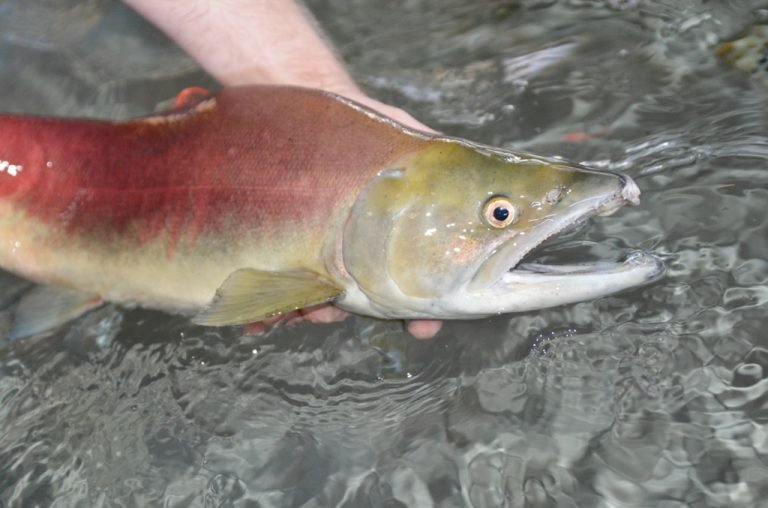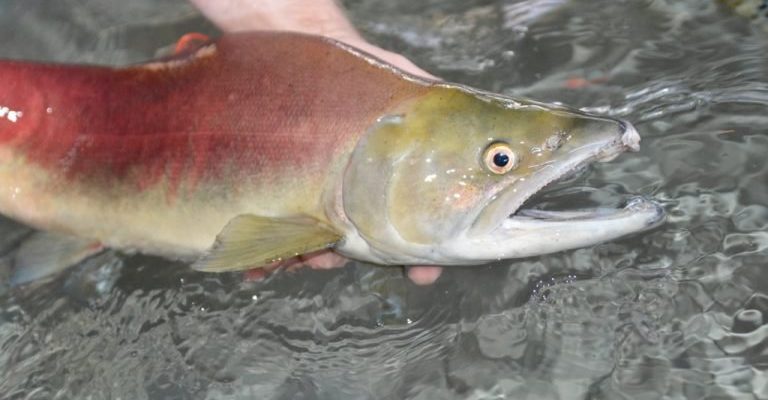
Honestly, imagining salmon is a bit like thinking about that local coffee shop everyone loves. When it thrives, it brings the community together; when it struggles, it affects everyone from the barista to the regulars. Just like that coffee shop, salmon face challenges that can put their survival at risk. In this article, we’ll take a closer look at their status, the factors leading to their decline, and what’s being done to conserve these amazing fish.
The Current Status of Salmon Populations
You might be wondering, “What’s really going on with salmon populations?” Well, it’s a mixed bag. Some species of salmon, like the Chinook and Coho, are considered threatened or even endangered in specific regions. This means their numbers are low enough that without serious conservation efforts, they might disappear from some waters entirely.
While some populations are stable, others are in real danger. For example, the Pacific Northwest has seen significant declines in salmon numbers due to a combination of factors. The California Central Valley Chinook is one notable example; its population has dropped dramatically over the years, mainly due to habitat loss and changing water conditions.
In contrast, some salmon populations appear to be rebounding thanks to effective management practices. For instance, hatchery programs in certain areas have helped increase numbers, but this comes with its own complications, as these fish can sometimes compete with wild salmon for resources.
Key Threats Facing Salmon
So, what’s causing these declines? Here’s the thing: salmon face a mix of challenges, and it’s not just one thing driving them toward endangerment. Here are some of the biggest culprits:
- Habitat Loss: Development projects, dam construction, and poor land management have destroyed or degraded crucial spawning habitats. Salmon need clean, cool, flowing water to thrive, and when their homes are compromised, they struggle.
- Climate Change: As water temperatures rise and weather patterns shift, salmon habitats are changing, sometimes drastically. Warmer waters can lead to diseases and alter food availability, making it tougher for salmon to survive.
- Overfishing: While fishing is a traditional practice, excessive catch limits can severely impact populations. If too many salmon are removed from the ecosystem, it creates an imbalance that can hinder recovery efforts.
- Pollution: Chemicals and waste runoff can contaminate water sources, which is detrimental to fish health and their habitats. From pesticides to plastic, pollution can have a long-lasting impact.
Each of these threats individually can be damaging, but together they create a perfect storm that’s tough for salmon to weather.
Conservation Efforts in Action
Now, let’s talk about the bright side—what’s being done to protect these fish? Conservationists, scientists, and local communities have rolled up their sleeves to tackle the challenges salmon face. Here are some key efforts:
- Habitat Restoration: Efforts are underway to restore wetlands, streams, and rivers to provide healthier spawning and nursery habitats. For example, removing obsolete dams helps restore fish migration routes.
- Protective Regulations: Policies aimed at sustainable fishing practices are critical. Many regions have established catch limits and protected spawning grounds to help populations recover.
- Hatchery Programs: While these can be controversial, hatchery programs can play a role in boosting salmon populations. By breeding and releasing salmon back into the wild, some species can see an increase in their numbers.
- Community Engagement: Local communities are essential in conservation efforts. Educational programs and community-led initiatives help spread awareness and encourage sustainable practices.
These combined efforts show that while challenges exist, there’s also hope. Success stories in some areas are proving that recovery is possible.
How You Can Help
You might feel a bit overwhelmed by the situation, but every little bit helps. Here’s how you can pitch in to support salmon conservation:
- Practice Sustainable Fishing: If you fish, follow local guidelines and regulations. Catch and release practices can help keep populations healthy.
- Reduce Pollution: Be mindful of your waste. If you live near a stream or river, keep it clean! Simple actions, like not using pesticides and properly disposing of plastics, can make a big difference.
- Get Involved: Join local conservation groups or volunteer for river clean-ups. Getting involved in your community can help raise awareness and support for salmon.
- Educate Others: Share what you learn about salmon conservation with friends and family. The more people who know, the better chance we have of making a change.
Every action counts, and believing that you can make a difference is the first step.
So, are salmon endangered? The answer is yes, in many areas, and it’s a critical issue that impacts not only fish but entire ecosystems and communities. By understanding the challenges they face and the efforts being made to help, you can see the bigger picture.
Salmon aren’t just fish; they’re indicators of environmental health and a key part of our natural world. Supporting their conservation means supporting a healthier planet for all. Whether it’s through responsible fishing, reducing pollution, or simply spreading the word, every effort helps us protect these incredible fish. So next time you enjoy a delicious salmon dish, remember—you’re part of the story. Let’s work together to ensure that future generations can enjoy salmon too.

